Emergence of Satellite Internet Services
The Flat Panel Antenna Market is poised for growth due to the emergence of satellite internet services. With the increasing demand for internet access in remote and underserved areas, satellite communication has gained traction as a viable solution. Flat panel antennas are particularly well-suited for satellite applications, offering compact designs and enhanced performance. Companies are investing in satellite constellations to provide global internet coverage, which in turn drives the need for efficient antenna systems. Recent projections suggest that the satellite internet market could reach several billion dollars by the end of the decade, creating a favorable environment for flat panel antenna manufacturers. This trend highlights the potential for innovation and expansion within the flat panel antenna market.
Focus on Miniaturization and Integration
The Flat Panel Antenna Market is witnessing a strong focus on miniaturization and integration of antenna technologies. As consumer electronics evolve, there is a growing demand for compact and lightweight antennas that can be seamlessly integrated into various devices. This trend is particularly evident in the telecommunications and consumer electronics sectors, where flat panel antennas are being designed to fit into smartphones, tablets, and other portable devices. The market is responding to this demand by developing innovative solutions that maintain performance while reducing size. Analysts predict that the miniaturization trend will continue to drive growth in the flat panel antenna market, as manufacturers seek to meet the needs of an increasingly mobile and connected world.
Rising Demand for High-Speed Connectivity
The Flat Panel Antenna Market is experiencing a notable surge in demand for high-speed connectivity solutions. As the world becomes increasingly interconnected, the need for efficient communication systems has intensified. This demand is driven by the proliferation of smart devices and the expansion of 5G networks, which require advanced antenna technologies to support higher data rates and lower latency. According to recent estimates, the market for flat panel antennas is projected to grow at a compound annual growth rate of approximately 15% over the next five years. This growth is indicative of the industry's response to the escalating requirements for seamless connectivity in both urban and rural areas, thereby enhancing the overall user experience.
Growing Interest in Smart City Initiatives
The Flat Panel Antenna Market is benefiting from the growing interest in smart city initiatives. As urban areas strive to improve infrastructure and enhance the quality of life for residents, the demand for efficient communication systems has become paramount. Flat panel antennas are integral to the development of smart city applications, including traffic management, public safety, and environmental monitoring. These antennas facilitate seamless connectivity between various devices and systems, enabling real-time data exchange. Market analysts indicate that investments in smart city projects are expected to reach trillions of dollars in the coming years, thereby creating substantial opportunities for the flat panel antenna market. This trend underscores the importance of advanced antenna technologies in shaping the future of urban living.
Increased Adoption in Aerospace and Defense
The Flat Panel Antenna Market is witnessing increased adoption within the aerospace and defense sectors. These industries require reliable and high-performance communication systems for various applications, including satellite communications and unmanned aerial vehicles (UAVs). Flat panel antennas offer advantages such as lightweight design and compact form factors, making them ideal for integration into aircraft and military equipment. The defense sector, in particular, is investing heavily in advanced communication technologies, with flat panel antennas playing a crucial role in enhancing operational capabilities. Market data suggests that the aerospace and defense segment is expected to account for a significant share of the flat panel antenna market, driven by ongoing modernization efforts and the need for enhanced situational awareness.

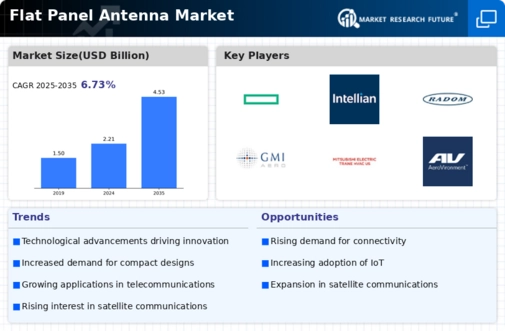
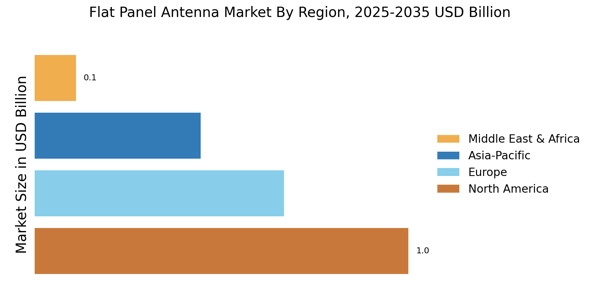
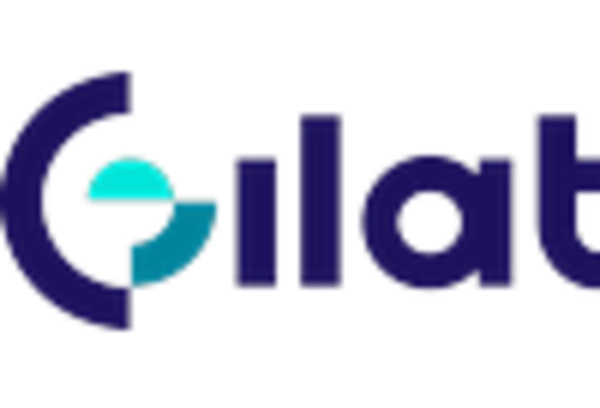
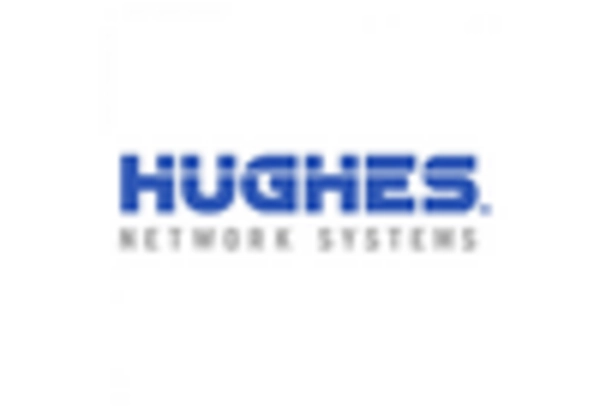

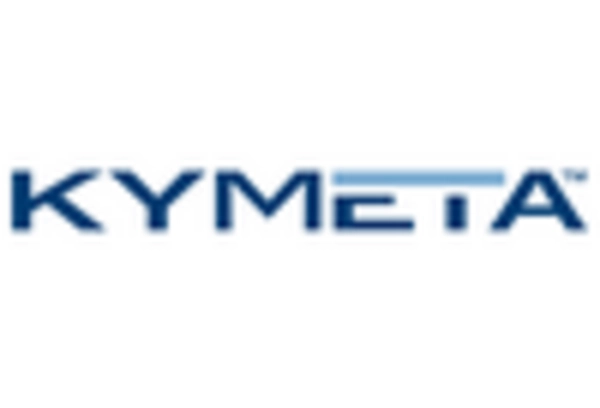
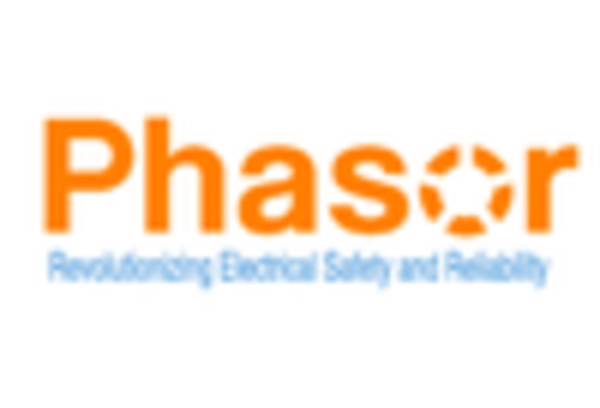
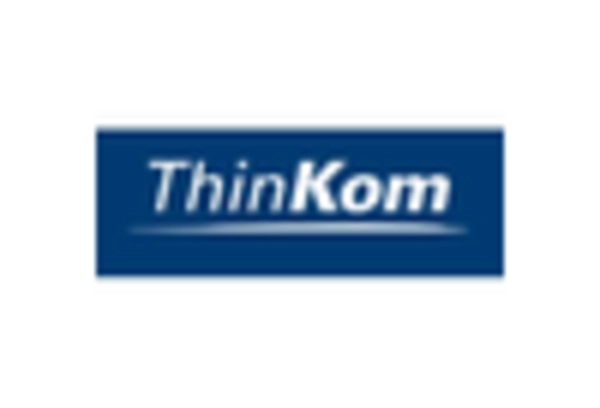








Leave a Comment